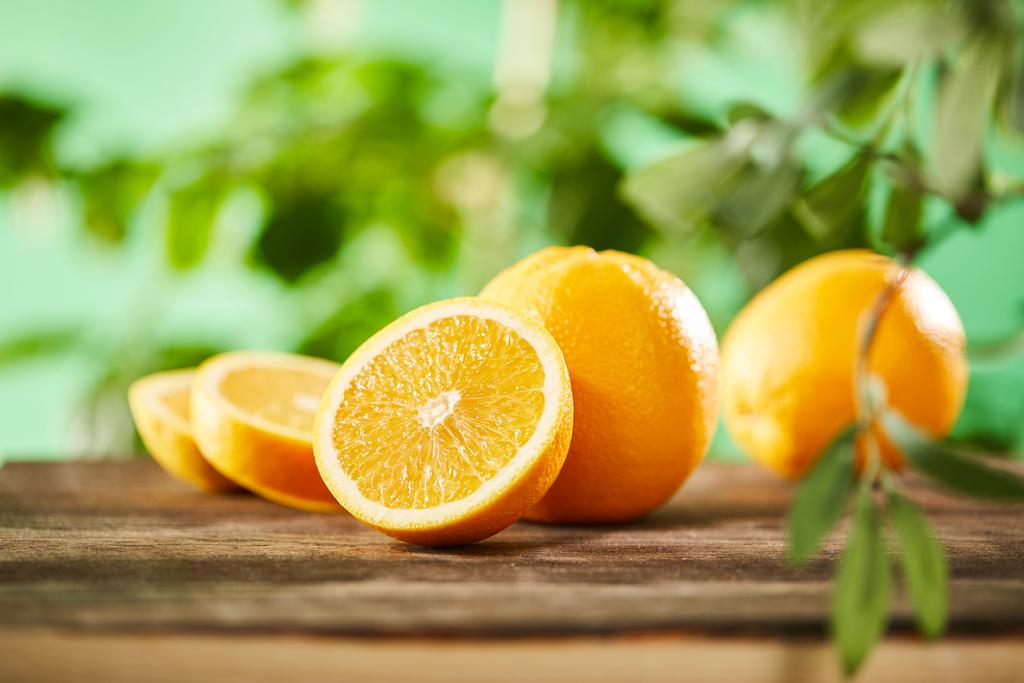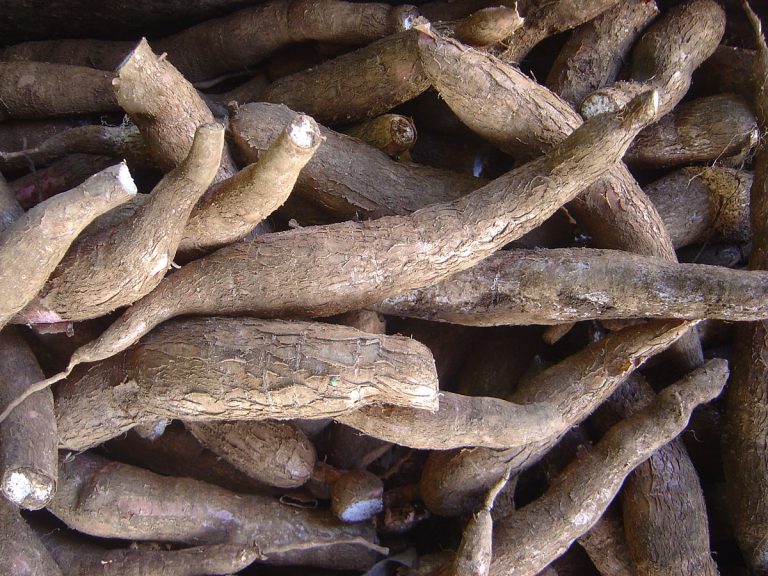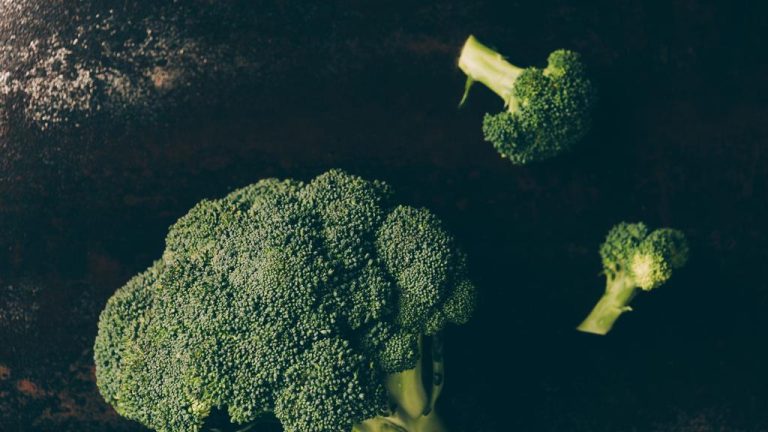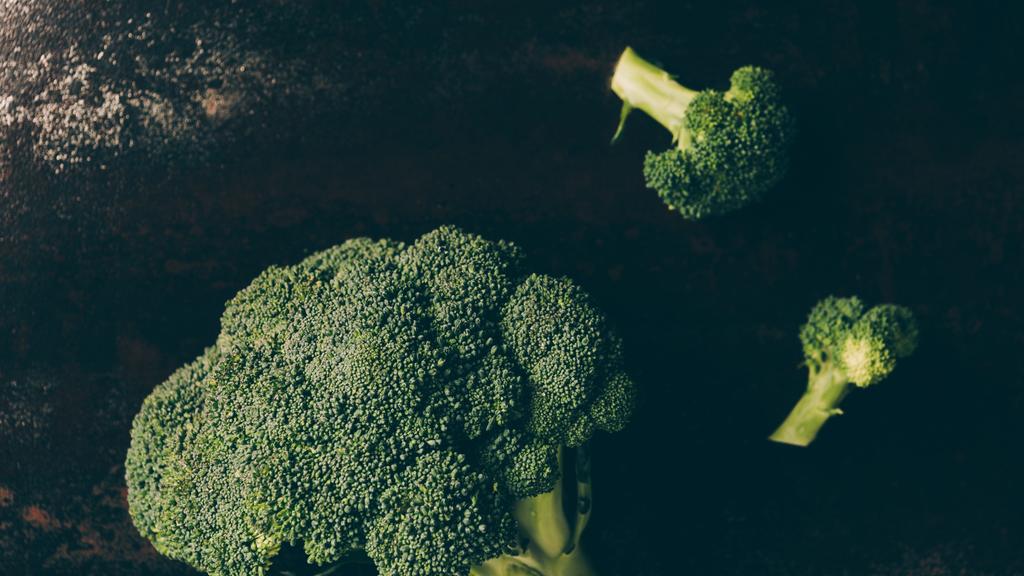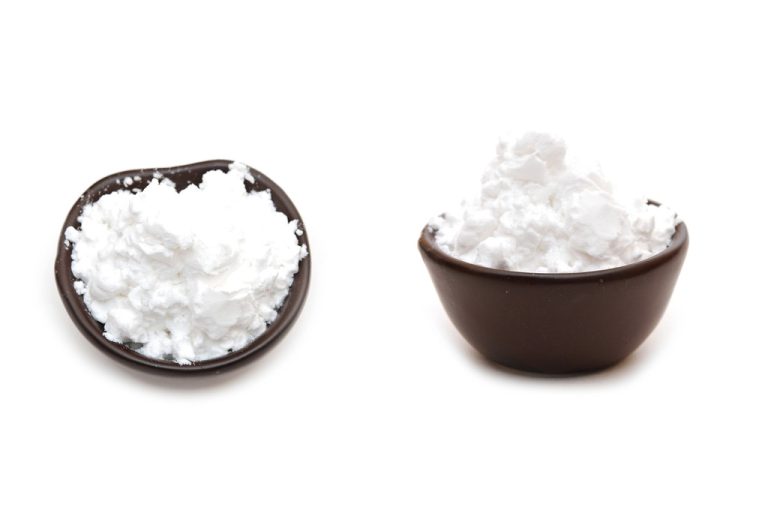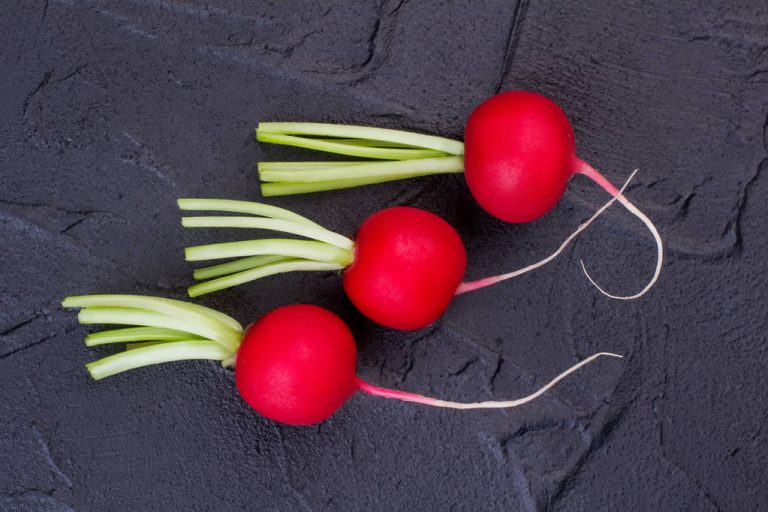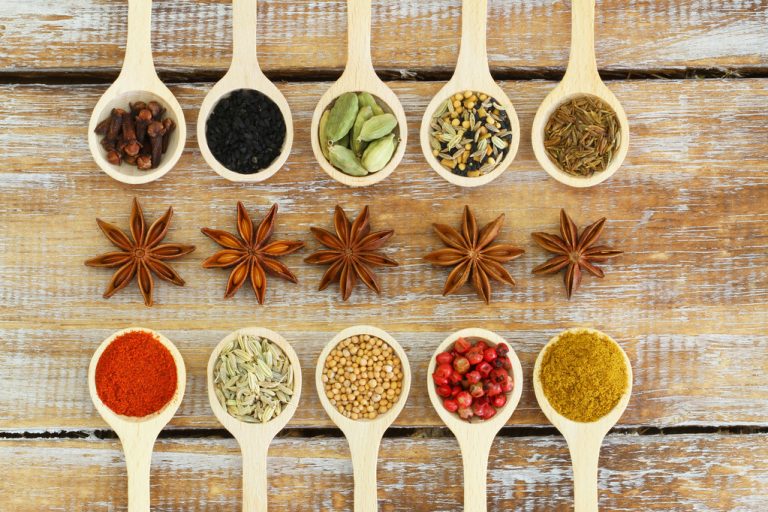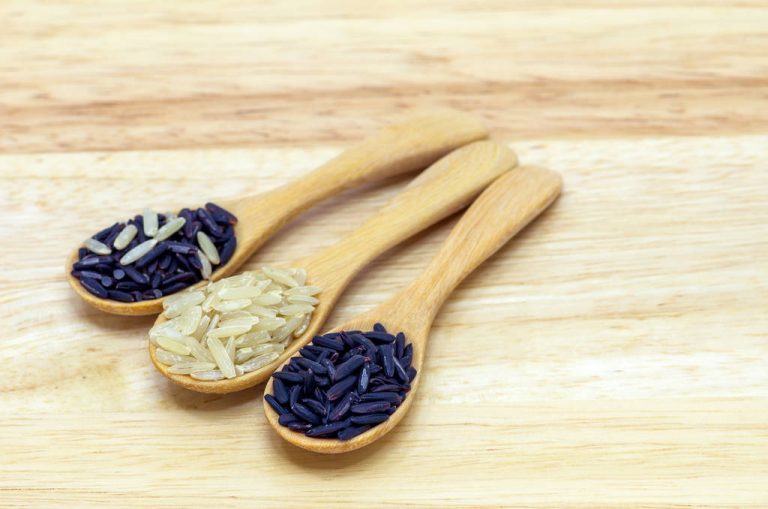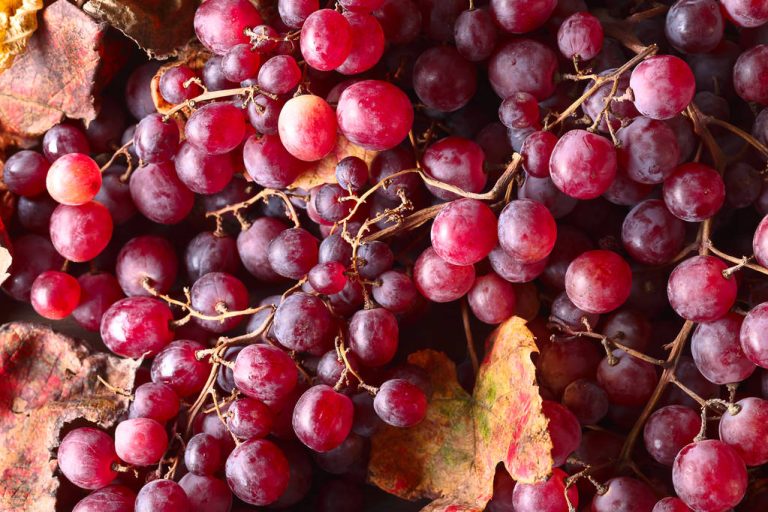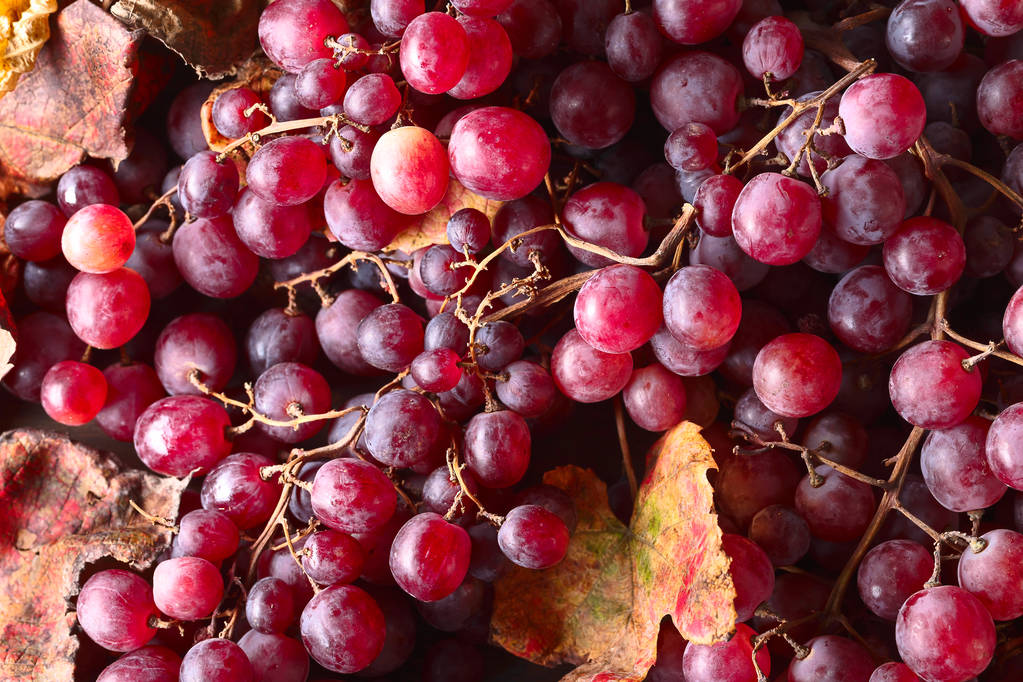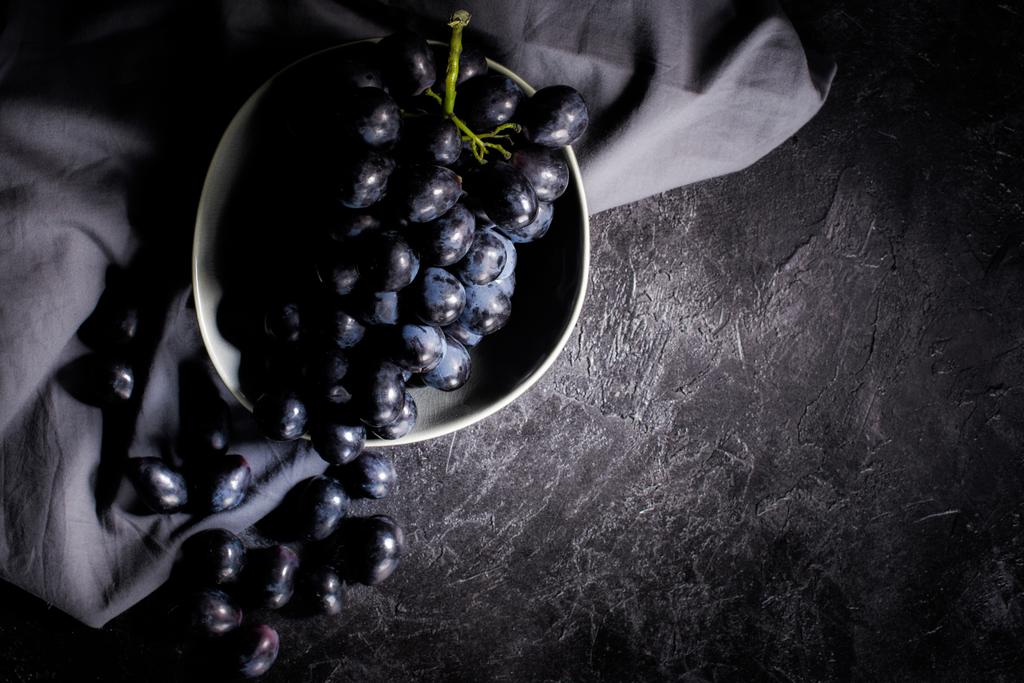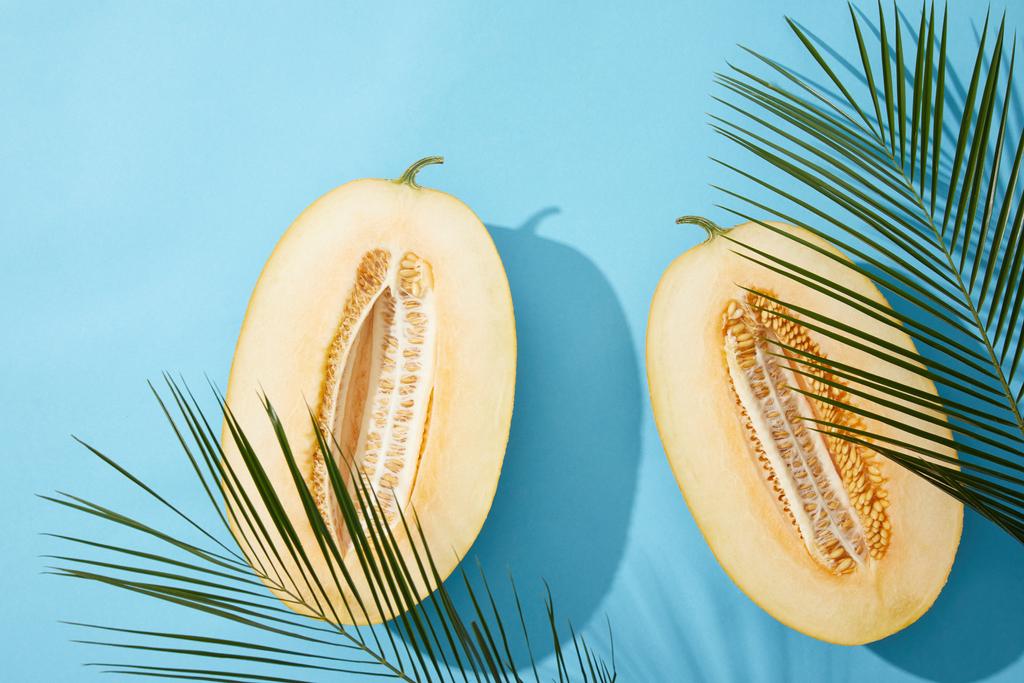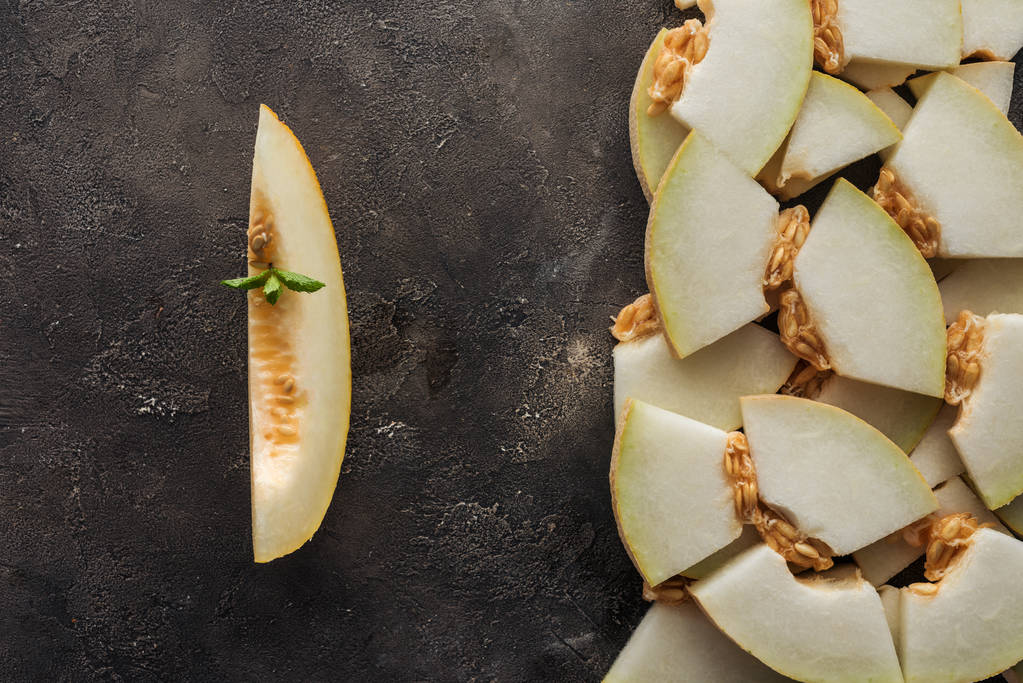Countless Indian spices are used creatively and in a variety of ways in the popular national cuisine. This article gives you an overview of Indian spices and their uses.
Colourful, diverse and intense – this description applies to both India and the country’s spices. Hardly any other kitchen uses such an abundance of spices as the Indian one.
Indian dishes are intense and spicy – and mostly healthy. Many of the spices used stimulate digestion and prevent digestive problems.
You will look in vain for dried spice powders in Indian cuisine. In order to draw from the full intensity of the spices, they are processed fresh. With the help of a mortar, the whole grains are finely ground and roasted right at the beginning so that the essential oils can fully develop.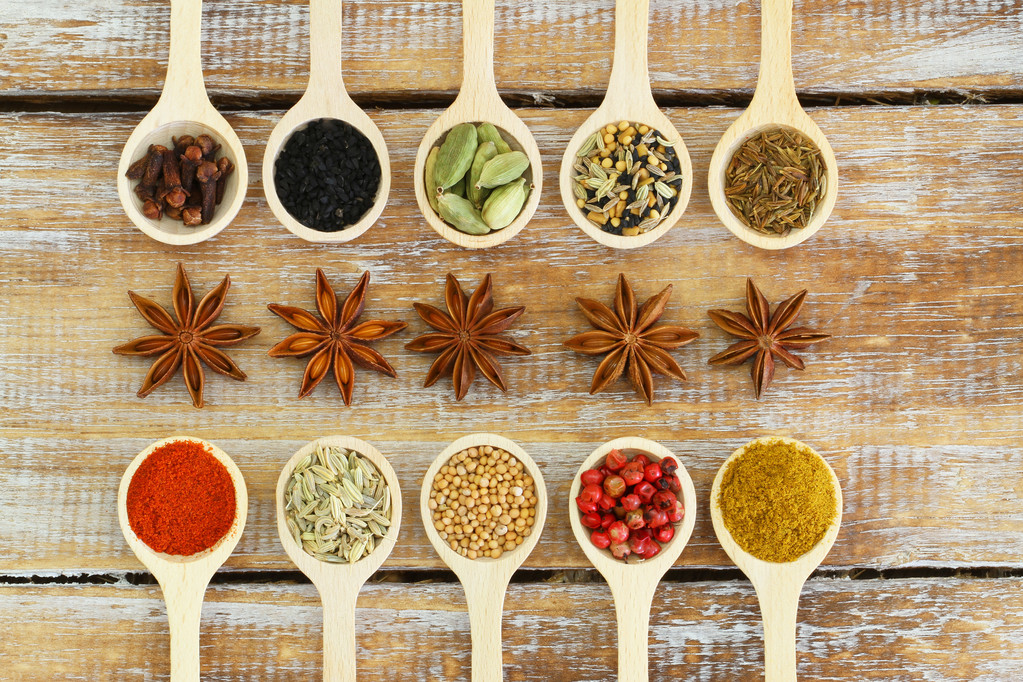
Indian spices for spiciness
If you order a spicy dish in an Indian restaurant, you should be really sure. Indians love spicy food and know how to prepare it. They are also convinced of the health benefits:
Chilli: The hot pods come in a number of shapes, colors and degrees of heat. In India, the India Jwala chili is particularly popular. Because of its shape, it is also often called snake chili. Here, the variety is rarely available in well-stocked Asian shops. But you can use any variety and even plant your own chillies. The pods are usually processed fresh or as a paste. The capsaicin it contains is not only responsible for the sharpness, but also has some health benefits. According to a study from 2015, the substance has a positive effect on the human circulatory system and metabolism.
Pepper: In addition to black pepper, cayenne pepper is also used. Peppercorns are found in almost all Indian dishes. Especially in southern India it is even common to cook rice with pepper. Unlike most other spices, pepper is only added just before serving, otherwise it will lose its flavor. In addition to its anti-inflammatory properties, the piperine it contains can also help with weight loss, according to a study by the Indian Journal of Pharmacology.
Ginger: Ginger is not only very popular with us. Whether in dhal, samosas or curry dishes – the tuber is used in almost all dishes. It is usually finely chopped and made into a paste with other spices in a mortar. Ginger gives dishes a pleasant freshness in addition to their spiciness. The active ingredient gingerol also has an anti-oxidative and anti-inflammatory effect.
Indian spices for your digestion and health
Many dishes from traditional Indian cuisine are inspired by Ayurvedic health teachings. This is probably the reason why there are so many medicinal plants among the Indian spices:
Turmeric: The root is said to be the most used spice in India. It is not only used in savory dishes such as vegetable curries, fish and meat dishes or chutneys, but is also often used in desserts. Even in the typical Indian spiced rice, turmeric should not be missing. Turmeric provides a spicy, earthy taste and gives the food an intense color. The Freiburg University Hospital has extensively researched the health benefits of turmeric. The tuber helps with a wide variety of digestive problems and counteracts civilization diseases.
Cumin: Also known as cumin, it is one of the warming spices in Ayurvedic teaching and is therefore an important component of many Indian dishes and spice mixtures. The seeds are crushed in a mortar and briefly roasted before use. According to a study from 2008, cumin stimulates digestion and thus prevents problems such as bloating and constipation.
Fennel Seeds: Just like cumin, you should only crush the whole seeds immediately before using them so that they can develop their full aroma. The seeds give hearty dishes a mild, sweet note and help with stomach problems. A mixture of fennel seeds, cumin, anise and sugar pearls is often served in India. Chewing a teaspoon of it should also stimulate digestion.
Christmas on the Indian spice rack
In our part of the world, the following spices are more familiar from the Christmas season. But in India they can be found in countless everyday masalas, the Indian word for spice mixture.
Cinnamon: In India, cinnamon is used in both sweet and savory dishes or tea. The sweet tree bark is an important ingredient in garam masala as well as in chai masala. In addition to the sweet aroma with the subtle sharpness, cinnamon is also healthy. The consumption of cinnamon is said to regulate blood sugar and cholesterol levels and even help with weight loss.
Cardamom: The sweet capsules are indispensable in Indian cuisine. Although cardamom is one of the most expensive spices in the world, the capsules can be found in countless dishes. Cardamom is also very popular for spiced rice or tea. The spice is also rich in minerals such as iron and manganese and is used in Ayurvedic teaching for digestive problems.
Cloves: The dried flower buds have an intense aroma and are therefore often combined with other spices. They are cooked whole in spiced rice, whereas they are usually ground beforehand. Cloves are rich in antioxidants and are considered a natural antibiotic due to their antibacterial effect.
Star anise: Star anise is also ground in a mortar or used whole for tea. The spice is supposed to help digest particularly rich and spicy foods. In addition to tea and desserts, it is mainly used for meat dishes.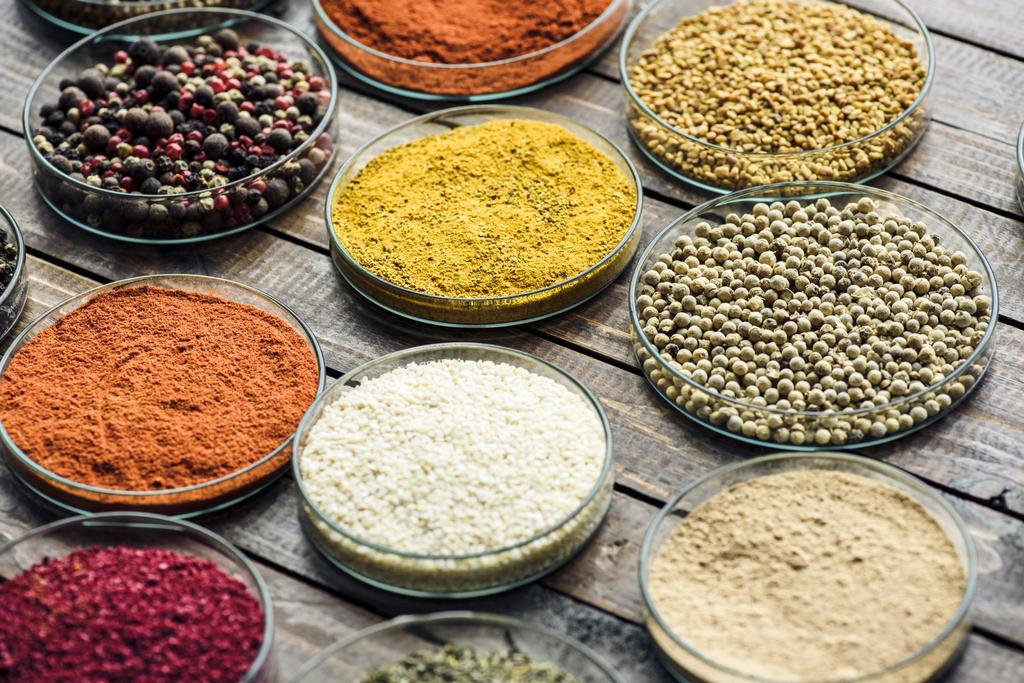
Other popular spices from Indian cuisine
Many spices from Indian cuisine are also used in Germany and are therefore easily available. But the more exotic spices in particular can only be found in well-stocked Asian shops or on the Internet.
Amchoor: The light yellow powder is obtained from dried unripe mangoes. It gives dishes a sweet and sour note. The powder is rarely available in Germany. Alternatively, you can use some lime juice.
Fenugreek: This Indian spice is still relatively unknown to us. The taste will certainly sound familiar to you, since fenugreek is an integral part of most curry powder mixtures.
Coriander seeds: In many Asian countries, fresh coriander is mainly used, while in India it is mainly the dried seeds that are very popular. Coriander seeds are often combined with cumin.
Nutmeg: Nutmeg is often used to refine desserts. But the nutty aroma can also give your golden milk that certain something. It is also an integral part of many spice mixtures, such as garam masala.
Mustard Seeds: Both black and yellow mustard seeds are used in Indian cuisine. The dark seeds are often roasted whole at the beginning with the other spices and give the dish an exciting texture. While the light ones are usually ground up and found in almost all Indian dishes. Their taste spectrum ranges from nutty-mild to intensely hot.
Tamarind: The fruit of the tamarind tree is also called Indian dates. It is often made into a paste and used in desserts or chutneys. The taste is sweet, but at the same time brings an umami note to your dish.

